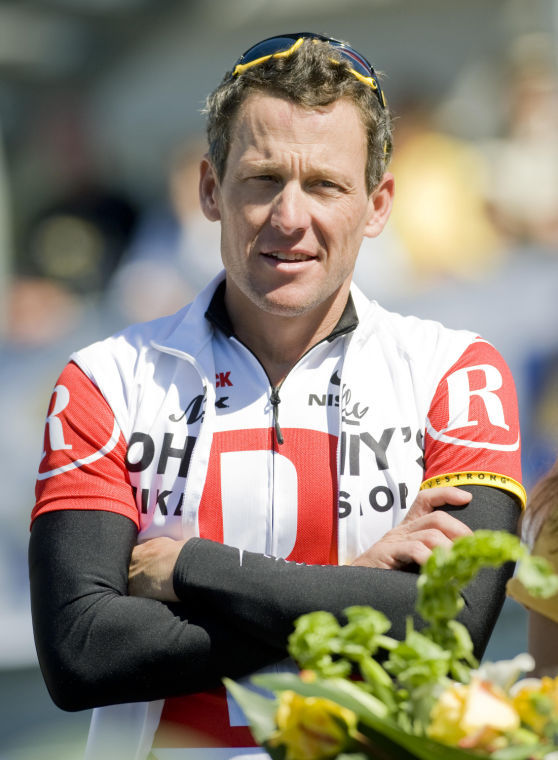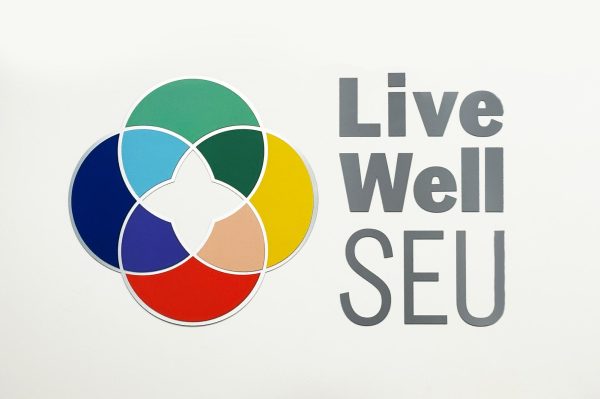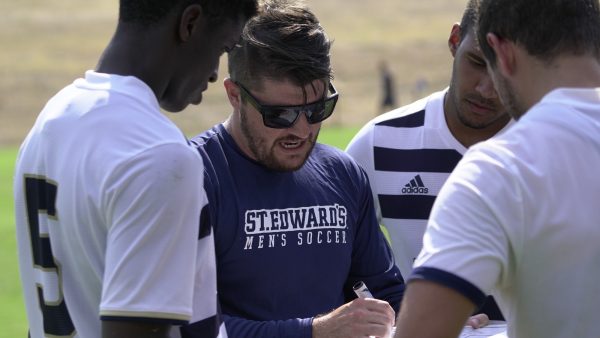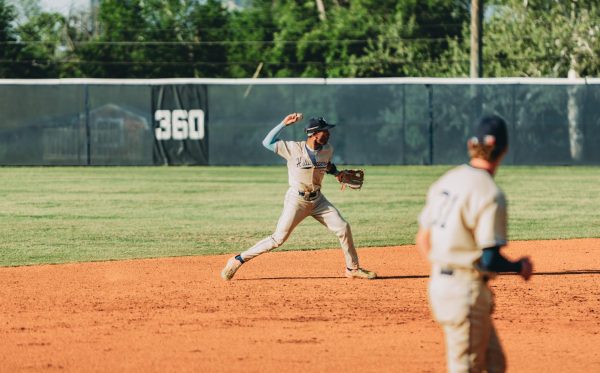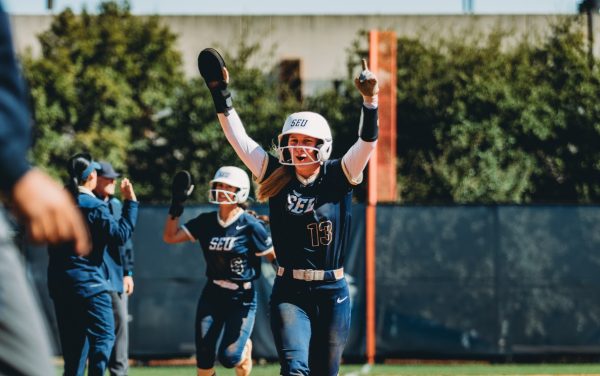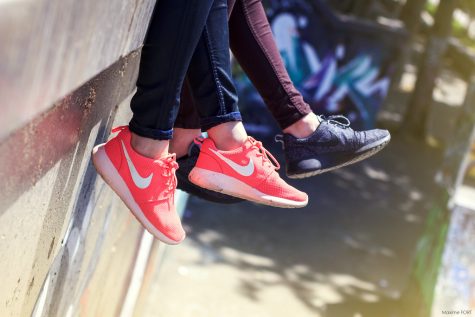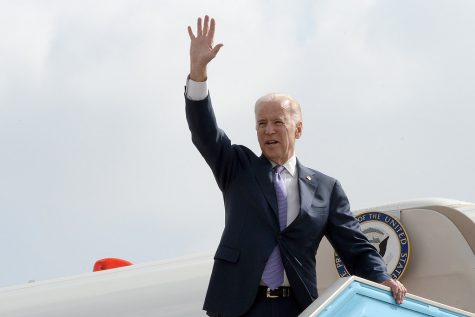Student cyclist weighs in on doping controversy
Contributing writer Patrick Davis is a semi-professional cyclist who competes across the U.S. His cycling team was once sponsored by Lance Armstrong’s cycling shop, Mellow Johnny’s, and Davis and Armstrong came into contact a handful of times. Davis is a senior Business and Psycology double major at St. Edward’s.
It’s a tough time for American cycling given the recent Lance Armstrong admissions. In October, the U.S Anti Doping Agency (USADA) released an extensive report of over one thousand pages of evidence with testimonials from ex-teammates and friends that identified Lance Armstrong as a fraud and the mastermind behind the most sophisticated doping scandal ever seen in professional sport. A bright yellow Livestrong band was pulled over the world’s eyes, giving us the perfect stereotypical story of triumph over insurmountable odds.
I’ll admit it: professional cycling is one of the dirtiest sports in the world and I hate its infamous reputation. Drugs and cycling have gone hand in hand since the beginning of the Tour de France. In the early 1900s, the drug of choice for tour racers was cocaine. Currently, racers take steroids like Cortisone, Human Growth Hormone, Synthetic Testosterone and undergo blood transfusions in order to gain an edge. However, the real substance that is plaguing the professional peloton is a red blood cell booster called Erythropoietin (EPO). EPO is useful for treating anemia, but when given to a healthy individual, it increases your aerobic threshold by over thirty percent. The risks of taking such a performance-enhancing drug are fatal, as EPO can literally cause your heart to explode because the thick, oxygen rich blood cells are hard to pump. Prior to 2006, the Tour de France was a doper’s race. You would have trouble even making it onto a top tier team without being on “the juice,” and most teams actually supported it. While this definitely does not excuse Lance’s doping, it is important to recognize that it was a level playing field. Doping was a part of the sport’s culture of the sport, and that’s why many racers saw using illegal substances to be a grey area.
Even with all of his lies and deceit, I still can’t bring myself to hate Lance Armstrong. Every young cyclist drinks the Lance kool-aid at some point. I read all the books; I wore the yellow band on my wrist and I watched all of his victories on television. In a weird way, watching him fly up the Pyrenees with inhuman strength further reinforced my love for the sport and the intense desire to race professionally. The fact is, Lance Armstrong made my passion popular in the United States, dragging so many fans into the sport and making it cool. I can’t hate him for that.
Having raced for the Hotel San Jose elite cycling team in Austin Texas, I came into contact with Lance a handful of times because his bike shop, Mellow Johnny’s, was our title sponsor. Lance would occasionally show up to our training rides and cruise around the hills surrounding Austin with us. Being an arrogant and cocky eighteen-year-old eager to prove myself, I often provoked Lance into chasing me. Lance, being equally as competitive, would pursue and then leave me slumped over my handlebars.
It’s hard to explain why kids choose to pursue this sport. Pros don’t do it for the money. The average professional who races on a European team makes an average salary of $60,000 a year. (Compare that to a football player who sits on the bench for most of the season) Getting to that level of professional status is grueling: you can be one of the most talented riders in the U.S. and yet compete overseas only to be spit out of the back of the pack and hitch a ride to the finish line in the humiliating “broom wagon” that sweeps up dropped riders and their bikes.
Doping culture was an underground thing to me, though. My eyes were opened at the 2011 Vuelta de Indepencia, a week-long stage race in the Dominican Republic, when my teammate found multiple bloody syringes hidden in rooms throughout the hotel that was hosting all of the racers. This was when I saw firsthand that the sport had a huge problem and Lance Armstrong did nothing but facilitate the doping culture.
I’m glad that Lance had his titles stripped and I’m glad that USADA is on a campaign to clean up the sport but in the end, I’m glad that Lance Armstrong decided to race a bike. His fall from grace is monumental — it shows that no one is above the rules. It makes me sad to think about the talented riders who were robbed of a fruitful career simply because they played by the rules, but I’m grateful that my generation of cyclists can have hope. I have faith that cycling will return to a competition based solely on hard work and the determination and strength of the human spirit, which is ultimately the definition of true sport.


